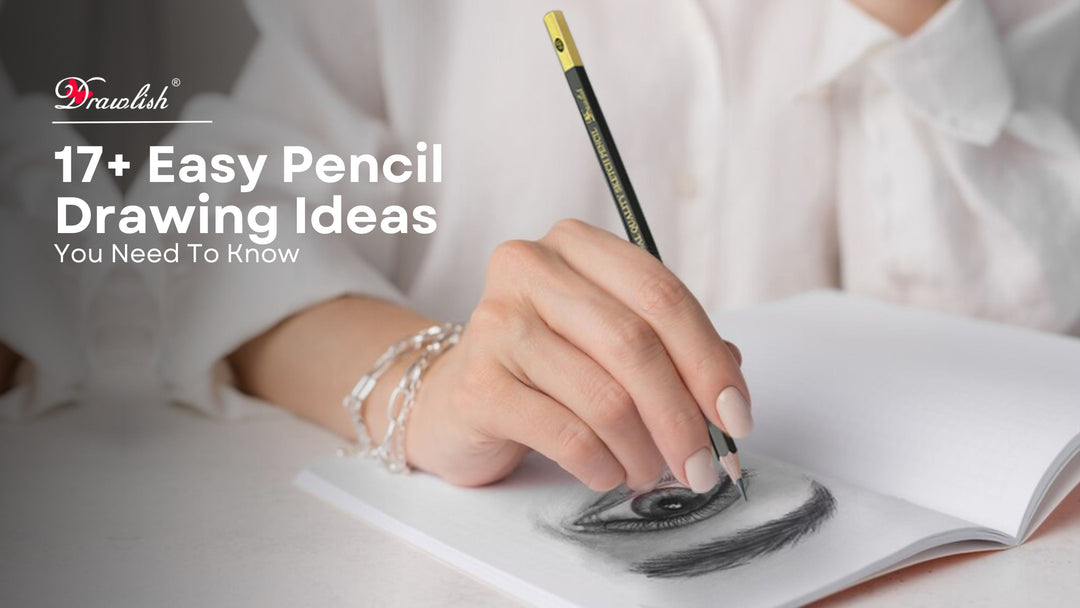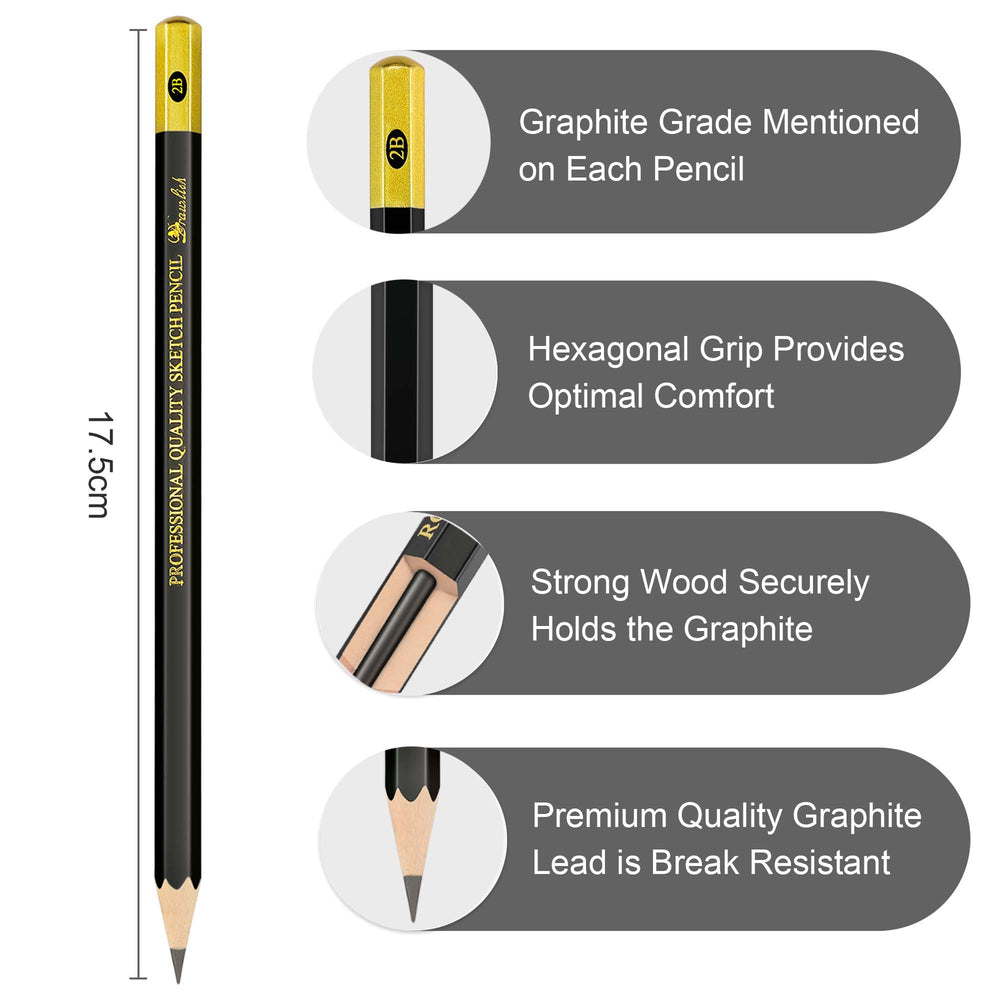How To Paint Chinese Dragon Painting With Acrylic Paint
Chinese dragon art is a fascinating and ancient art form that has been practiced for centuries. It is a symbol of good luck and power in Chinese culture and is often seen in celebrations. The Chinese dragon is a legendary creature that is composed of different animal parts, including a neck like a snake, a tail like a fish, a head like a camel, paw-like a camel, and claws like an eagle. It is easily recognizable due to its long serpentine body that is wingless. Chinese dragon art is found in many Chinese folk fares and East Asian culture at large. Sometimes it is also named the oriental or eastern dragon. In this article, we will discuss how to paint a Chinese dragon painting with acrylic paint.
Items Before You Have To Paint Chinese Dragon Painting
Before diving into the creative process of painting a Chinese dragon, it's crucial to gather the necessary items to ensure a smooth and enjoyable artistic experience. The following list outlines the essential items you should have ready:
- Drawlish Acrylic Painting Pens Set of 24
- Acrylic Paint Set: 12 Tubes + 3 Brushes
- Drawlish 8 Artist Paint Palette Tray - 11 Paint Wells of Artist Palette
- Set of 8 Drawing Sketch Pencils
- Canvas: Acquire a preferred-sized canvas as the foundation for showcasing vivid colors and intricate details.
- Container of Water: Keep water nearby to clean brushes between color changes, preserving brush condition and color accuracy.
- Good Lighting: Set up in well-lit space for accurate color assessment and detailed progress in your dragon painting.
Step-by-Step Process To Paint Chinese Dragon Painting
Step 1: Prepare Your Materials
Before embarking on your Chinese dragon painting, assemble all the necessary materials. Gather acrylic paints in vibrant purple, green, white, and red. Ensure you have an array of paintbrushes in different sizes to cater to various details. Acquire a canvas of your preferred size, a palette for mixing colors, and a container of water for cleaning brushes. Set up your workspace with ample lighting, creating an environment conducive to the creative process. This initial preparation ensures you have everything at your fingertips, streamlining the painting experience.
Step 2: Sketch The Dragon
With a pencil, delicately sketch the dragon's form onto the canvas. Pay meticulous attention to detail, capturing the dragon's dynamic and celebratory essence. Define the scales, outline the body shape, and emphasize facial features. This preliminary sketch serves as a roadmap, guiding subsequent layers of paint. Take your time to ensure the proportions and posture align with the vision you have for your Chinese dragon.
Step 3: Base Coat The Canvas
Apply a uniform white base coat to the entire canvas. This foundational layer serves multiple purposes. It creates a clean canvas for your vibrant colors to pop, and it ensures the dragon's intricate details are visible. The white background acts as a canvas for the dragon's story to unfold, providing a visually pleasing contrast against the upcoming hues of purple, green, and red.
Step 4: Paint The Body
Initiate the painting process by focusing on the dragon's body. Employ a combination of purple and green acrylic paints to establish the primary colors. Use broad, sweeping strokes to cover the canvas, laying the groundwork for the dragon's intricate details. Allow each layer to dry thoroughly before applying subsequent coats. This patient approach prevents colors from blending unintentionally and ensures a clean, vibrant result.
Step 5: Add Details To Scales
Switch to a smaller brush to add intricate details to the dragon's scales. Alternate between purple and green, creating a visually dynamic pattern that mimics the mythical creature's texture. Follow the natural contours of the dragon's body, emphasizing the sense of movement and energy. This step requires precision and patience, as the detailed scales contribute significantly to the dragon's overall aesthetic.
Step 6: Paint The Dragon Face
Direct your attention to the dragon's face, using a blend of white and green acrylic paints. Define the eyes, nose, and mouth with precision, capturing the majestic and powerful expression characteristic of Chinese dragons. Ensure the facial features align cohesively with the dragon's dynamic posture, enhancing the overall impact of the artwork.
Step 7: Integrate Red Flowers
Add symbolic elements to your composition by painting red flowers on all four sides of the canvas. In Chinese culture, red flowers signify prosperity and good luck. Experiment with various brush sizes to create diverse flower types, strategically placing them to enhance the overall composition and balance of the painting. The addition of these flowers contributes cultural depth and richness to your Chinese dragon artwork.
Step 8: Refine And Shade
Return to the dragon's body, refining details and adding shading to create depth and dimension. Utilize a light touch to accentuate highlights and shadows, contributing to the three-dimensional quality of the dragon. This step elevates the sophistication of the artwork, adding nuance and intricacy to the dragon's appearance.
Step 9: Final Touches
Conduct a comprehensive review of the entire painting. Assess the vibrancy of colors, the crispness of details, and the overall composition. Make any necessary adjustments to ensure the artwork meets your creative vision. This final quality check is crucial before considering the painting complete.
Step 10: Allow To Dry
Exercise patience and allow the completed artwork to dry thoroughly. This step ensures that the acrylic paints set properly, preserving the integrity and longevity of the artwork. Once dry, your vibrant and symbolic Chinese dragon painting is ready for display or framing, showcasing the culmination of your artistic effort and creativity.
Here Is The Video Tutorial How To Paint Chinese Dragon Painting
2 Bonus Tips:
Blend Colors For Depth:
Experiment with blending colors to add depth and dimension to your Chinese dragon painting. Mix small amounts of purple and green to create transitional shades for the dragon's body, emphasizing contours and creating a more realistic appearance. This technique enhances the overall visual impact of your artwork.
Incorporate Metallic Accents:
Consider adding metallic accents, such as gold or silver, to certain elements of your Chinese dragon. This can be applied to scales, eyes, or other decorative features to introduce a touch of elegance and highlight specific areas. Metallic paints can contribute a dynamic contrast, making your dragon painting even more captivating.
At the end, painting a Chinese dragon is not just about colors and brushes, it's like telling a cool story on canvas. Remember to follow the steps we talked about and get your painting gear ready. Your dragon will come to life with vibrant colors and special details. And don't forget the extra tips! Mixing colors can make your dragon look even cooler, and adding a touch of shiny paint, like gold or silver, can make it extra special. Now, as you finish up your painting, feel proud of what you've created. Your dragon isn't just a picture, it's a piece of good luck and power. You can show it off to friends or hang it up as a reminder of your awesome creative journey. So, there you go, your Chinese dragon painting is like a colorful tale waiting to be shared.







Leave a comment